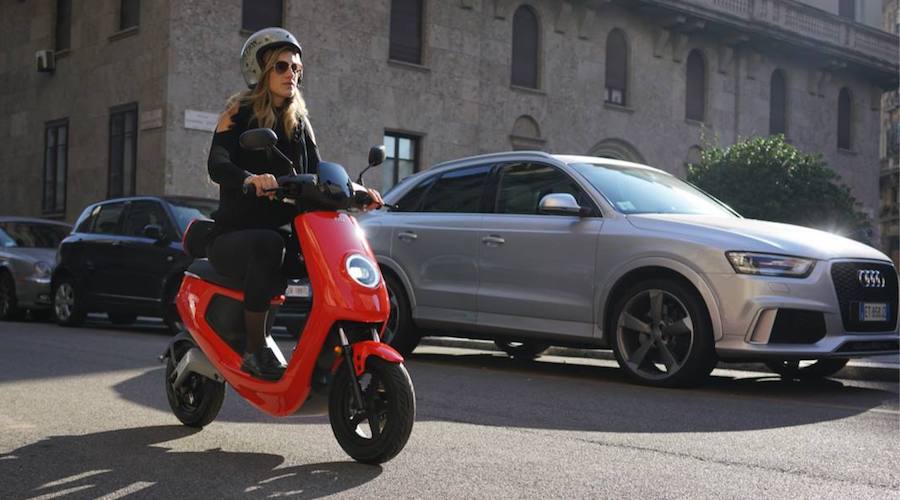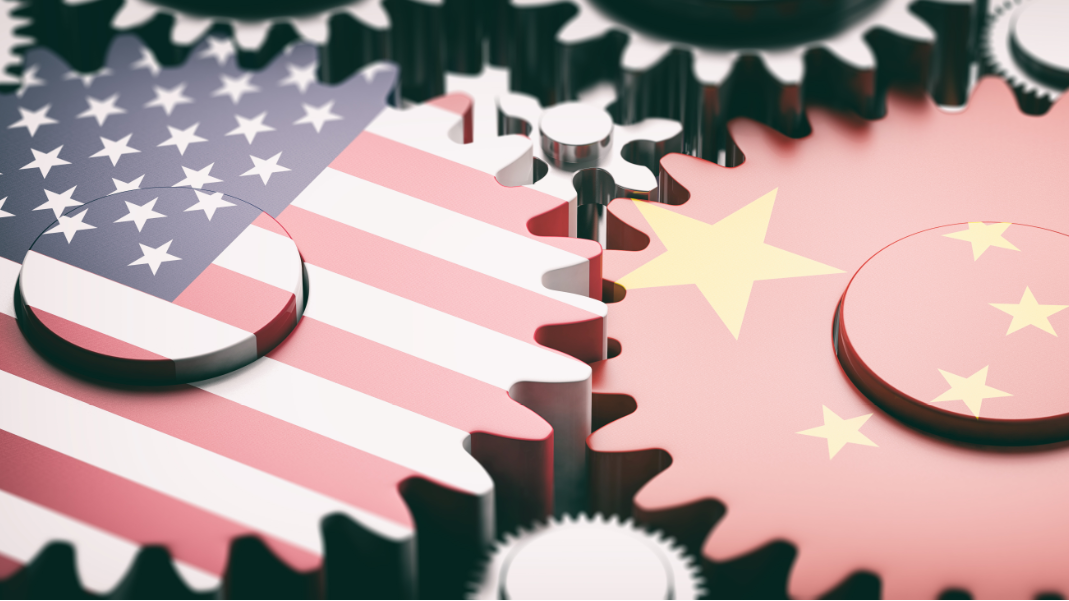The electric-vehicle future will run on two wheels: Adam Minter

Given recent market turmoil, it would easy to overlook the upcoming IPO of Niu Technologies, a Chinese manufacturer of electric mopeds. The $95 million the company plans to raise is a pittance compared to the billions burnt by Tesla Inc. But, the technologies developed by Niu and other pioneers of electric two-wheel vehicles will transform transportation as much as anything dreamed up by the likes of Elon Musk.
Until recently, electric motorcycles and scooters received far less global attention than electric cars. That’s beginning to change, especially in India, where two-wheelers — predominantly motorcycles — account for 76 percent of vehicles on the roads and a whopping 30 percent of the country’s pollution. In Southeast Asia’s biggest economies, the number of households that own two-wheelers exceeds 80 percent. Cleaning up the region’s air means reducing emissions from two-wheelers.
Electric cars, even cheap ones, won’t solve the problem. Cost is the first and tallest barrier. In India, a new, entry-level commuter motorcycle can cost less than $500 (and, on the secondhand market, far less). Traffic is the next burden. In the megacities of emerging Asia, jams are notoriously bad and getting worse. In Mumbai, the average speed of city buses has declined from 10 miles per hour to 5.5 miles per hour over the last decade. Little wonder that even commuters who can afford a car often look to bikes and scooters to get around.
For similar reasons, the region’s booming e-commerce industry heavily relies upon two-wheeled transport for deliveries. Finally, there’s the matter of parking. Beijing is home to approximately twice as many cars as parking spaces — a ratio that’s likely to grow. The problem is common throughout the developing world and made worse by spiraling real estate costs, especially in the central parts of cities.
The good news is that Asia’s emerging middle class seems open to the idea of e-scooters if the price is right and charging is convenient. In China, low-speed electric bicycles powered by bulky lead-acid batteries have replaced many traditional motorcycles and scooters, especially given more stringent emissions rules. They’re cheap, and — unlike electric cars — the batteries can be charged at home or at the office. Today there are 200 million them, with 30 million more added every year.
There’s a limit to what current electric two-wheelers can accomplish, mostly due to the short lifespans and ranges of their lead-acid batteries. To match the performance of a traditional motorcycle or scooter, e-bikes would require compact, lightweight, and reliable lithium-ion batteries similar to those that power everything from iPhones to Teslas.
Traditionally, the costs of lithium-ion batteries have made vehicles powered by them too expensive for emerging markets. But prices are falling precipitously: Bloomberg New Energy Finance predicts they’ll decline 73 percent by 2030. While that may still not be enough to make electric cars broadly affordable, it’s a good bet that two-wheelers will be.
In fact, electric scooters and motorcycles are already coming down in price. Models offered by Hero Electric — a division of India’s biggest two-wheeler manufacturer — are price-competitive with low-cost motorcycles. Even better, once a buyer gets past the purchase price, overall cost of ownership is oftentimes cheaper than with traditional two-wheelers (especially when oil prices are high).
The lack of charging stations is a bigger problem, one that plagues electric-vehicle owners of all kinds across Asia. It’s a particularly serious issue for commercial electric two-wheel operators, especially those focused on deliveries over wide geographies.
For now, developers are likely to focus most intently on building charging stations along high-volume commuter corridors and in more affluent neighborhoods. One solution is being developed by Honda Motors: a scooter with a detachable, switchable battery targeted to the Southeast Asian market. To be released in 2019, the battery will also be capable of charging phones and other electronics, powering lights — even sending electricity to the grid. For consumers in regions with less-than-reliable power supplies, that’s a double inducement.
Ultimately, just as a switch to electric cars will require the support of governments, so too will the shift to electric two-wheelers. Installing more charging stations should be a priority. An effort should be made to universalize the form factor of two-wheeler batteries and to support the development of switching stations. And finally, governments should continue to focus regulations on reducing transportation pollution. Faced with demand, the market will respond.
Writing by Adam Minter.
More News
{{ commodity.name }}
{{ post.title }}
{{ post.date }}



Comments